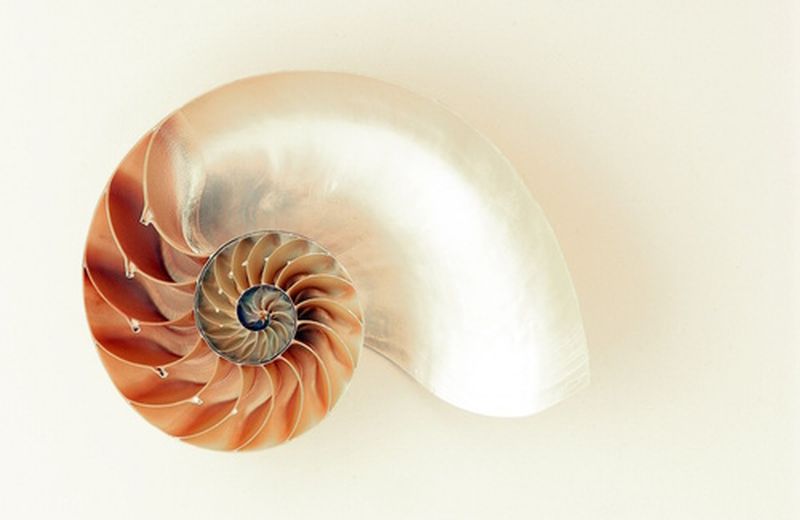Psychosomatic view of kyphosis and scoliosis
Paramorphysics such as scoliosis and scyphosis are quite common and can be analyzed from a purely structural point of view but are also closely linked to the psychosomatic dimension. With movement and psychological support you can do a great job

We speak of paramorphisms when we refer to incorrect postural attitudes or rather not very functional, such as scoliosis and scifosis , which are the result of the psychological profile or direct and manifest consequences of emotional trauma .
The shoulders that close towards the heart for protection, the lumbar part that arches out of pride, the cervical tract that is loaded with weights and worries.
The body and postural attitudes represent the way in which we relate to the outside and should not be demonized, it is however a way that the body finds to communicate with the outside.
A psychosomatic view of kyphosis and scoliosis
Among most common incorrect postural attitudes even in children affecting the back we have:
Hyperkyphotic attitude
This paramorphism translates into a forward bearing , always in flexion , almost like a permanent “hump”. This posture goes to mean a certain difficulty in pulling out, expose, manifest , a certain introversion that in the long run leads to keeping everything inside. It can arise as a result of numerous misunderstandings in the family.
The dorsal tract increases its curve significantly, even if there is no structural alteration of the initial vertebrae.
To compensate, lumbar and cervical hyperlordosis is created and the shoulders tend to flex in intra-rotation.Correction goes hand in hand with a path to facilitate psychological maturation.
It works by toning the paravertebral muscles, especially at the dorsal level, strengthening the pelvic girdle through specific work on the abdominal muscles and finally a good training of the high extensor muscles (middle trapezius, posterior deltoid, rotator cuff).
The holistic view, between back pain and abdomen
Scoliotic attitude
It is a real deformity that leads one shoulder to rise more than the other with an adjoining rotation of the vertebral body and the spinous process.
Paramorphism affects the dorsal and lumbar curve with obvious repercussions also on the other “waves” of the back.
The strengthening work must absolutely avoid loads on the spine if not aimed at the tone of the paravertebrals , with very slow executions.
Scoliosis generates a disorder related to the image that one has of one’s body and support on a psyche level is also important. However, even this deformation, if properly addressed, becomes a key to a strong, well-forged character.
In many cases after the adolescent phase in which it manifests itself, if you face it with strength, here you will find an extraordinary determination and ability to fight and fight.
Posture and psyche: how to support them?
The postural and postural somatic profile immediately reveals its nature and in this sense it is not a condemnation but an excellent way to understand what to correct , how to “fix the shot”. Usually the paramorphisms emerge in the period of puberty, unless there is a major dysfunction with a hereditary character.
Exercise can go a long way , as can psychological support . If you practice a discipline where the teacher is also a complete and researching person, then both can be had in a movement lesson.
Often even in silence – indeed, fundamentally perhaps in silence – the soul works and movement in this is an irreplaceable remedy.
It is necessary to work on the tonic-postural component and at the same time understand the imbalance and develop the will to modify , transform.
























+ There are no comments
Add yours